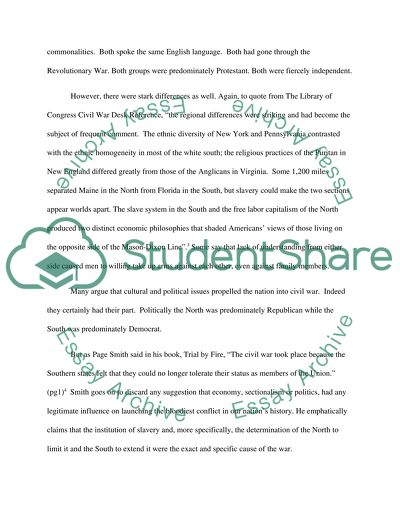Cite this document
(The Declaration of Independence the Civil War Essay Example | Topics and Well Written Essays - 1750 words, n.d.)
The Declaration of Independence the Civil War Essay Example | Topics and Well Written Essays - 1750 words. https://studentshare.org/environmental-studies/1413303-the-declaration-of-independence-the-civil-war
The Declaration of Independence the Civil War Essay Example | Topics and Well Written Essays - 1750 words. https://studentshare.org/environmental-studies/1413303-the-declaration-of-independence-the-civil-war
(The Declaration of Independence the Civil War Essay Example | Topics and Well Written Essays - 1750 Words)
The Declaration of Independence the Civil War Essay Example | Topics and Well Written Essays - 1750 Words. https://studentshare.org/environmental-studies/1413303-the-declaration-of-independence-the-civil-war.
The Declaration of Independence the Civil War Essay Example | Topics and Well Written Essays - 1750 Words. https://studentshare.org/environmental-studies/1413303-the-declaration-of-independence-the-civil-war.
“The Declaration of Independence the Civil War Essay Example | Topics and Well Written Essays - 1750 Words”. https://studentshare.org/environmental-studies/1413303-the-declaration-of-independence-the-civil-war.


